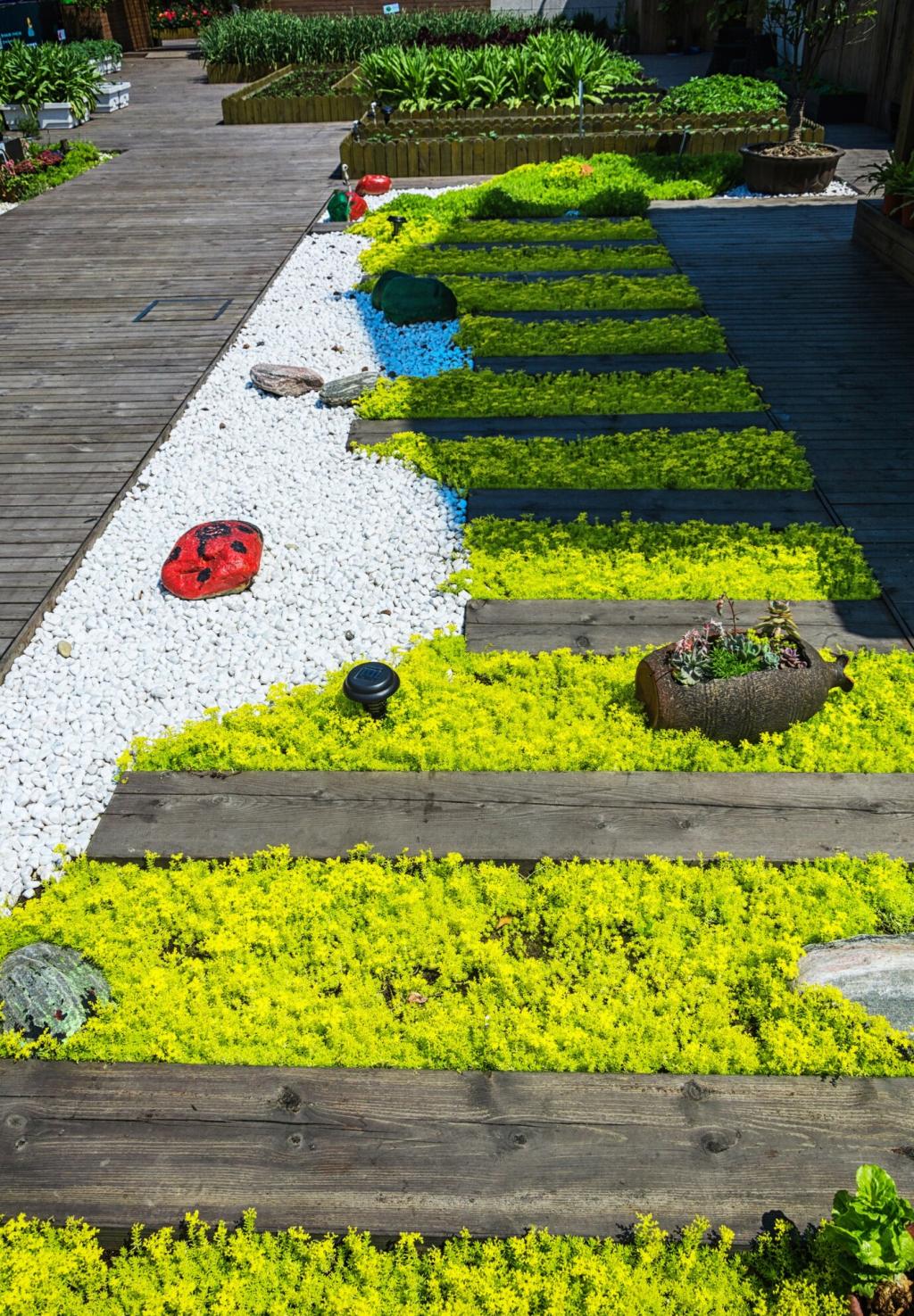
Eco-friendly Pest Management in Landscaping: Grow Beauty Without Harm
Today’s chosen theme: Eco-friendly Pest Management in Landscaping. Welcome to a greener garden playbook where beauty thrives without harsh chemicals, biodiversity leads the way, and every decision protects pollinators, soil life, and your neighborhood ecosystem.
Foundations of Integrated, Eco-friendly Pest Control
Know Your Allies: Beneficial Insects
Lady beetles, lacewings, hoverflies, and parasitic wasps are tireless partners in eco-friendly pest management. Learn to recognize their life stages, protect their habitat, and avoid broad-spectrum sprays so these allies can keep aphids, mites, and caterpillars in check.
Soil Health as Your First Line of Defense
Living, well-drained soil grows sturdier plants that withstand pests. Compost, leaf mold, and diverse mulches feed microbes that strengthen roots. Healthy plants emit fewer stress signals, attracting fewer pests and requiring fewer interventions across your landscaping.
Thresholds and Patience
Not every nibble requires action. Set aesthetic and crop damage thresholds, then respond only when necessary. This protects beneficial populations, reduces waste, and prevents overreactions that can spiral into larger imbalances in your landscape ecology.
Companion Planting and Biodiversity that Deter Pests
Plant basil near tomatoes to deter hornworms, marigolds among lettuces to confuse aphids, and dill beside brassicas to attract parasitic wasps. These timeless combinations stack subtle advantages that add up to powerful, eco-friendly pest management.

Biological Controls You Can Trust
Welcoming Predators: Beetles, Lacewings, and Birds
Release lacewing eggs near hot spots and install dense shrubs for songbirds. Provide shallow water and avoid nighttime lighting that disrupts hunting. Predators thrive when landscapes offer shelter, moisture, and steady food from flowering plants.
Microbial Helpers: Bt, Beauveria, and Nematodes
Bacillus thuringiensis targets specific caterpillars, Beauveria bassiana infects soft-bodied pests, and beneficial nematodes tackle soil-dwelling larvae. These targeted tools fit eco-friendly pest management because they are precise, gentle on pollinators, and effective when applied thoughtfully.
Timing Releases and Monitoring Results
Apply microbes in the cool of morning, release predators when prey are present, and track weather for best performance. Keep simple logs to learn what works in your microclimate, then share your findings to help our community grow wiser.
Physical Barriers, Traps, and Smart Exclusion
Row Covers, Collars, and Netting
Floating row covers deter cabbage moths, paper collars block cutworms, and fine mesh guards berries without harming birds. Anchor edges to prevent gaps, and remove covers during bloom to allow pollination when needed for fruiting plants.


Targeted, Non-toxic Traps
Use beer traps for slugs, yellow cards for whiteflies, and pheromone lures to monitor moths. Traps should inform decisions, not replace them—combine with cultural practices for balanced, eco-friendly pest management that respects beneficial creatures.
Water, Pruning, and Cultural Practices that Prevent Outbreaks
Right Water at the Right Time
Water early, deeply, and less frequently to train resilient roots and reduce leaf wetness that invites disease. Drip lines keep foliage dry and beneficial insects safer, aligning irrigation with eco-friendly pest management goals.



Seasonal Strategy and Climate Resilience
Begin with soil tests, compost top-dressing, and early scouting. Add flowering herbs, install bird perches, and release lacewings if needed. Spring foundations set the tone for gentle, effective pest control all year.
Seasonal Strategy and Climate Resilience
Deep mulch moderates heat, shade cloth reduces stress, and targeted microbial sprays address spikes without collateral damage. Keep nectar flowing so beneficial insects remain active partners when pest pressure peaks in midsummer.
